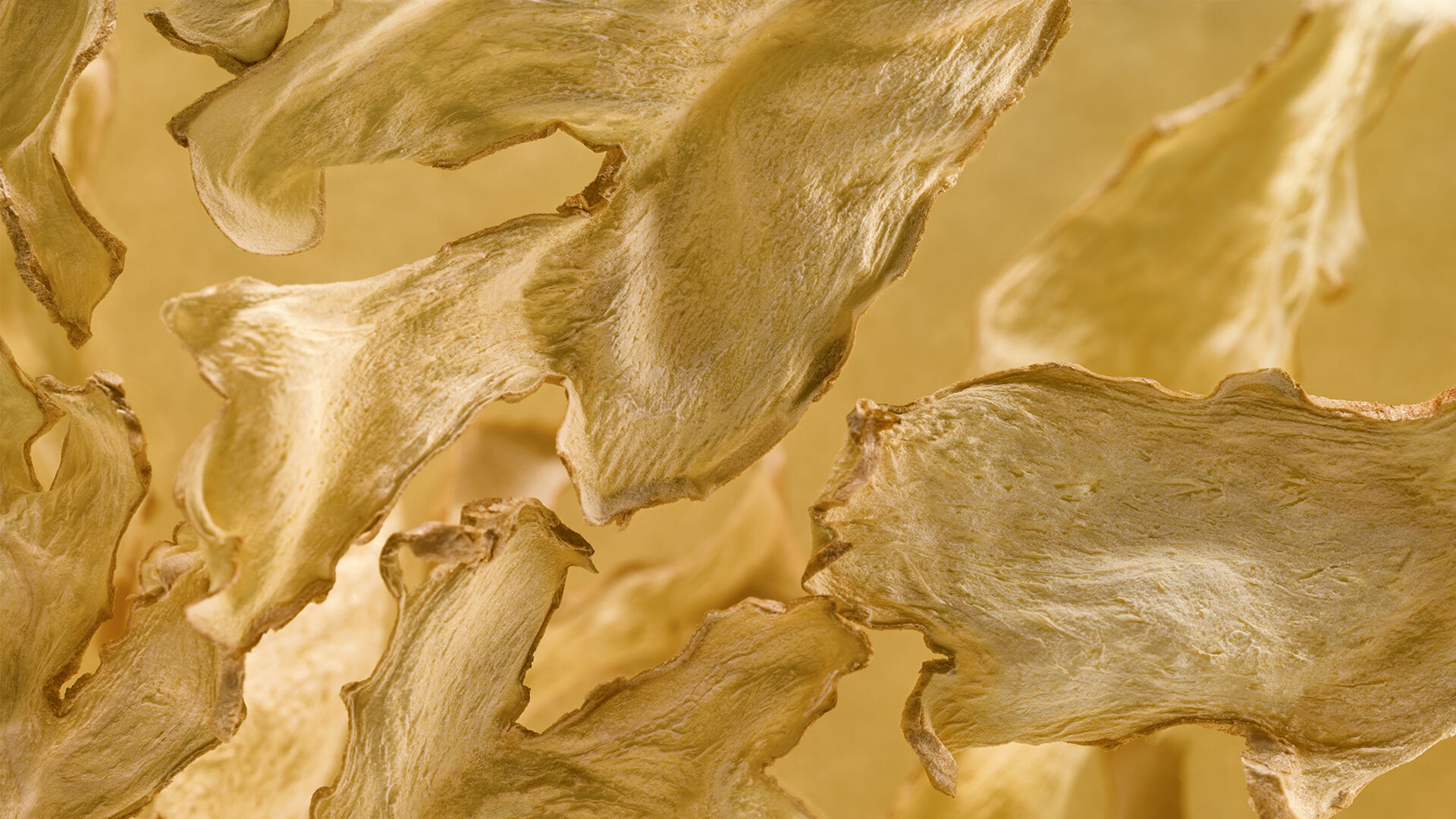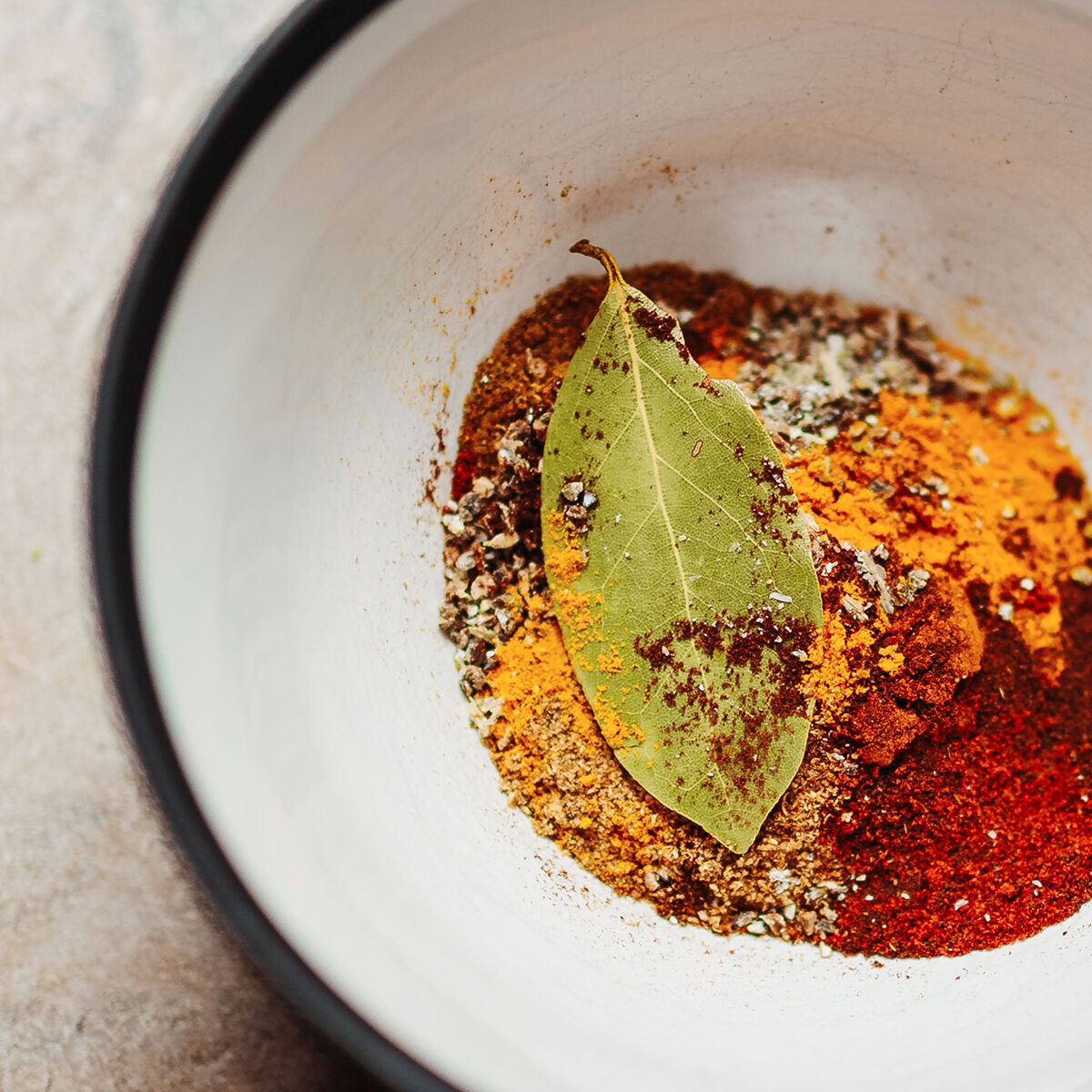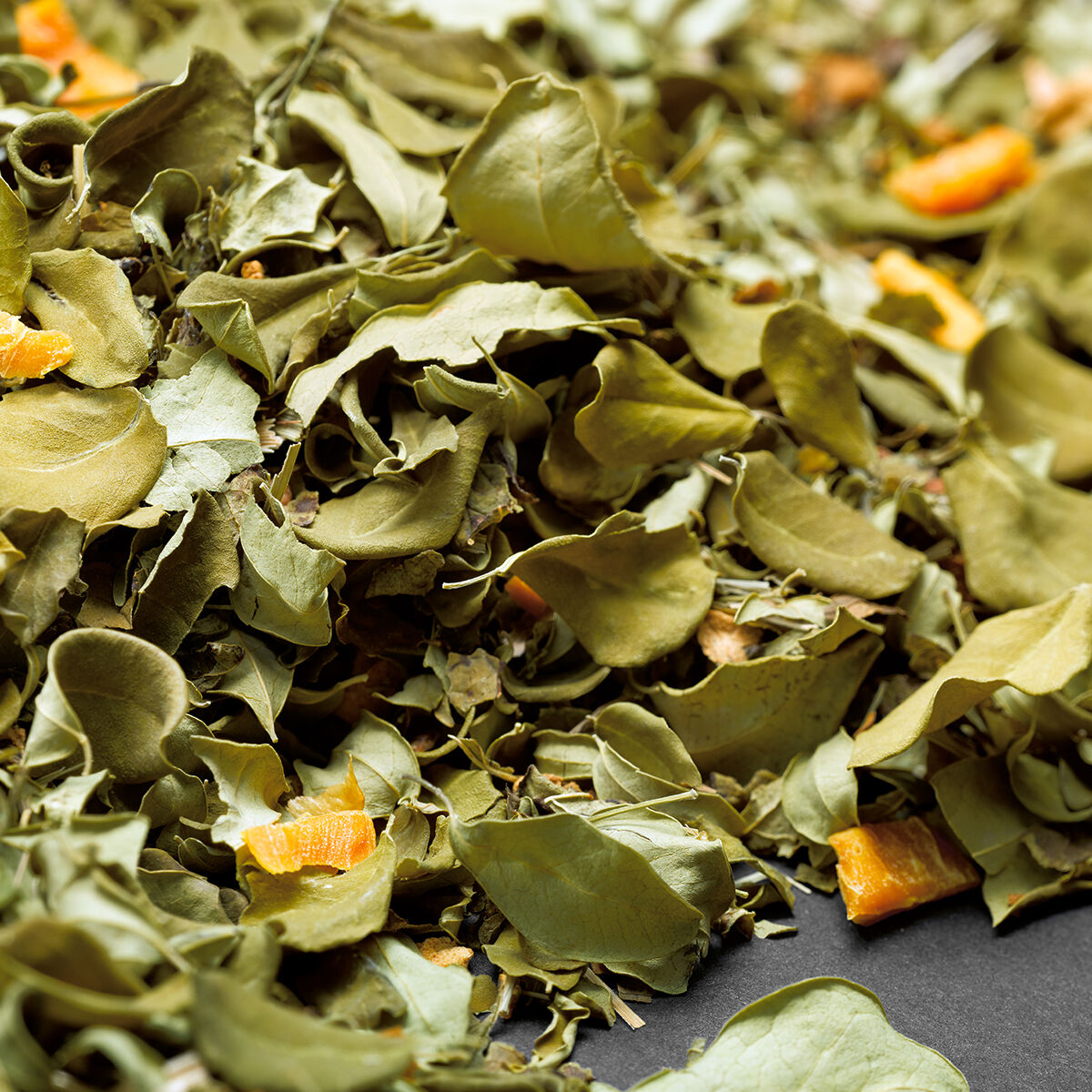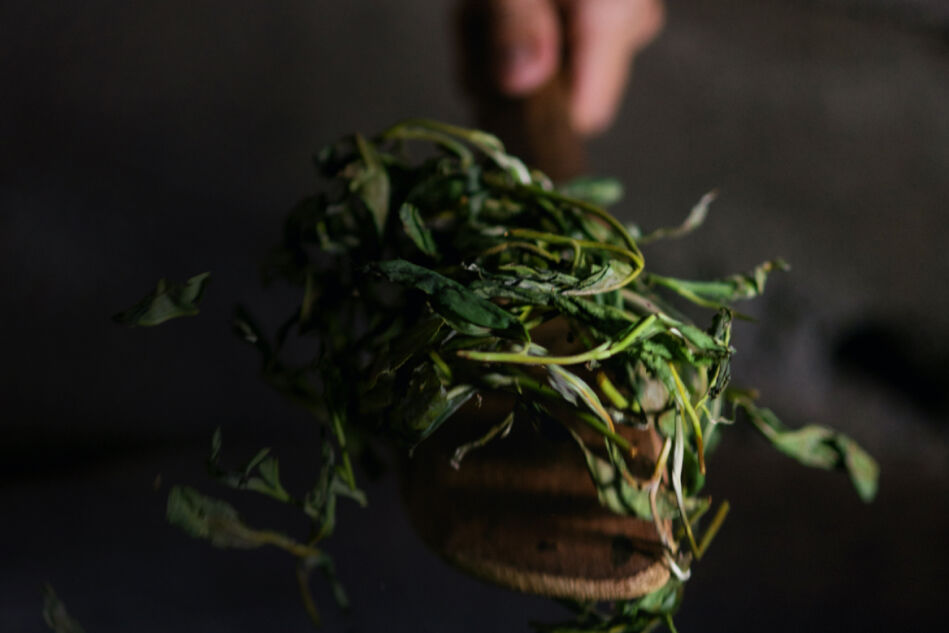Taste
Where it comes from and how it works.

A harmony of the senses.
“She likes it best as a pick-me-up in her morning tea - but also as a spicy note in coconut curry. The moment the aromatic, pleasantly sharp taste of ginger unfolds in her mouth, it conjures up images in her mind's eye of beautiful women in vivid saris, breathtaking temple complexes and colourful markets bustling with people. The taste of the exotic spice takes her back to faraway Indie, to times of excitement and adventure. All of a sudden she feels free, independent, unfettered. And in her mind she travels back there again.” Anyone who's ever felt like this when they taste a particular ingredient knows without a doubt that taste is a powerful thing; it has the capacity to surprise and amaze. Our senses and organs, our emotions, our genes and even our social background - all of these plays role in how we perceive taste. Allow us to introduce you to one of the most fascinating sensations of the human body.
Many people think that taste begins in the mouth, but that's not entirely true. Taste begins at that moment when we see something edible. Even the colour of a dish or a drink evokes expectations in us that affect our taste. Take vanilla, for example: more than any other spice, vanilla is associated with yellowish desserts such as custard and ice cream even though the vanilla pod is actually black. When a flavour enters your mouth, it hits your tongue, which goes to work analysing it. This strong muscle has thousands of tiny taste buds. These onion-shaped “sensors” can detect five flavours: bitter, salty, sour, sweet and that most unidentified of all - umami, which is often described as heartily spicy, substantial or “meaty”. The five flavours are perceived by sensitive sensory cells that are located in the taste buds.
Your nose plays a great part in enjoying flavour. Just think of the last time you had a cold! Flavourings that develop in the mouth when you chew enter your nose, where they stimulate the sensitive olfactory cells. Your nose can distinguish between thousands of flavours — an incredible 80% of taste is influenced by smell.
Of non-tasters and super-tasters.
Our brain assesses whether we like something or not and our genes play a part in determining our preferences. Researchers have found that not all people experience taste in the same way: we are either super-tasters, normal tasters or non-tasters. These three types are born with a different number of taste buds, which means that they experience taste in different ways. Super-tasters experience bitter flavours particularly intensely. Your genes also have a say in how well you can tolerate spicy food. In fact, spiciness is not a taste, but a sensation of pain that can be triggered by various substances in food. One of the most famous substances is found in chillies: capsaicin. It irritates the pain and temperature sensors on your tongue and in the oral mucosa and we either perceive this spiciness as a stimulating tingle or an uncomfortable burning sensation.
Your nose plays a great part in enjoying flavour. Just think of the last time you had a cold! Flavourings that develop in the mouth when you chew enter your nose, where they stimulate the sensitive olfactory cells. Your nose can distinguish between thousands of flavours - an incredible 80% of taste is influenced by smell.


We like what our environment dictates.
Your taste buds can be trained. The typical cuisine of your country, your region or your family has an influence on your preferences. The more often we eat an ingredient in childhood, the more likely we are to accept its taste. But even if in childhood a certain taste is not tolerated, this can change with time. For example: some children don’t like olives, but by trying them again and again, they can literally learn to love the taste. This familiarisation effect is called “mere exposure”. Bitter drinks such as coffee, black tea and beer are usually popular with adults, whereas babies and toddlers are very reluctant to consume bitter substances. This is an evolutionary measure of protection essential to survival, because most poisonous plants have a bitter taste. Certain tastes can even give us an instant sense of well-being, security and belonging. The feelings we associate with a taste can to a large extent be ascribed to scent. In the brain, scent acts on the limbic system - that part in which emotions are processed and linked to experiences. As soon as our nose detects a familiar scent, we remember the emotion that we experienced in a particular situation. We are often unaware of the enormous impact that scent has on our lives and how strongly it affects our everyday existence.
Every time you try something new, you store emotions in your brain. This is yet another reason to be open-minded: when we come into contact with other cultures, it offers us an opportunity to bring exotic ingredients to our table,our plate and our cup. For those keen on experimenting, there lies a wealth of discoveries in the carefully composed Avoury range too - with out-of-the-ordinary teas making it easy for you to try new taste combinations. ROOTS OF INDIA by Avoury, for example, combines ginger root with the spicy, slightly bitter turmeric root and fresh lemongrass, thereby evoking many facets of its own country of origin. And if you want to stretch the experiment, why not drink extraordinary teas as an accompaniment of extraordinary meals: in so-called tea pairing, the flavours of a tea and a meal are deliberately combined in order to guide our taste buds onto new journeys. By confronting the unknown, we can combine a well-loved taste with new, exciting notes – and the result might just be your new favourite taste!

More articles
More articles

Not less, but better.
Sharpening one's own awareness. Recognizing what one really needs. Giving things new appreciation. That's what minimalism is about. Following the motto 'less is more', more and more people are embracing the desire for clarity and order – even in the design of their homes.

Should we always follow our nose?
23,000 times – that´s how many breaths we take on average per day. And that means a multitude off different scents float in through our nose evoking a wide variety of reactions in us. In this article we´ll explain the psychological reasons behind this and why we should let our noses discover new things more often.
